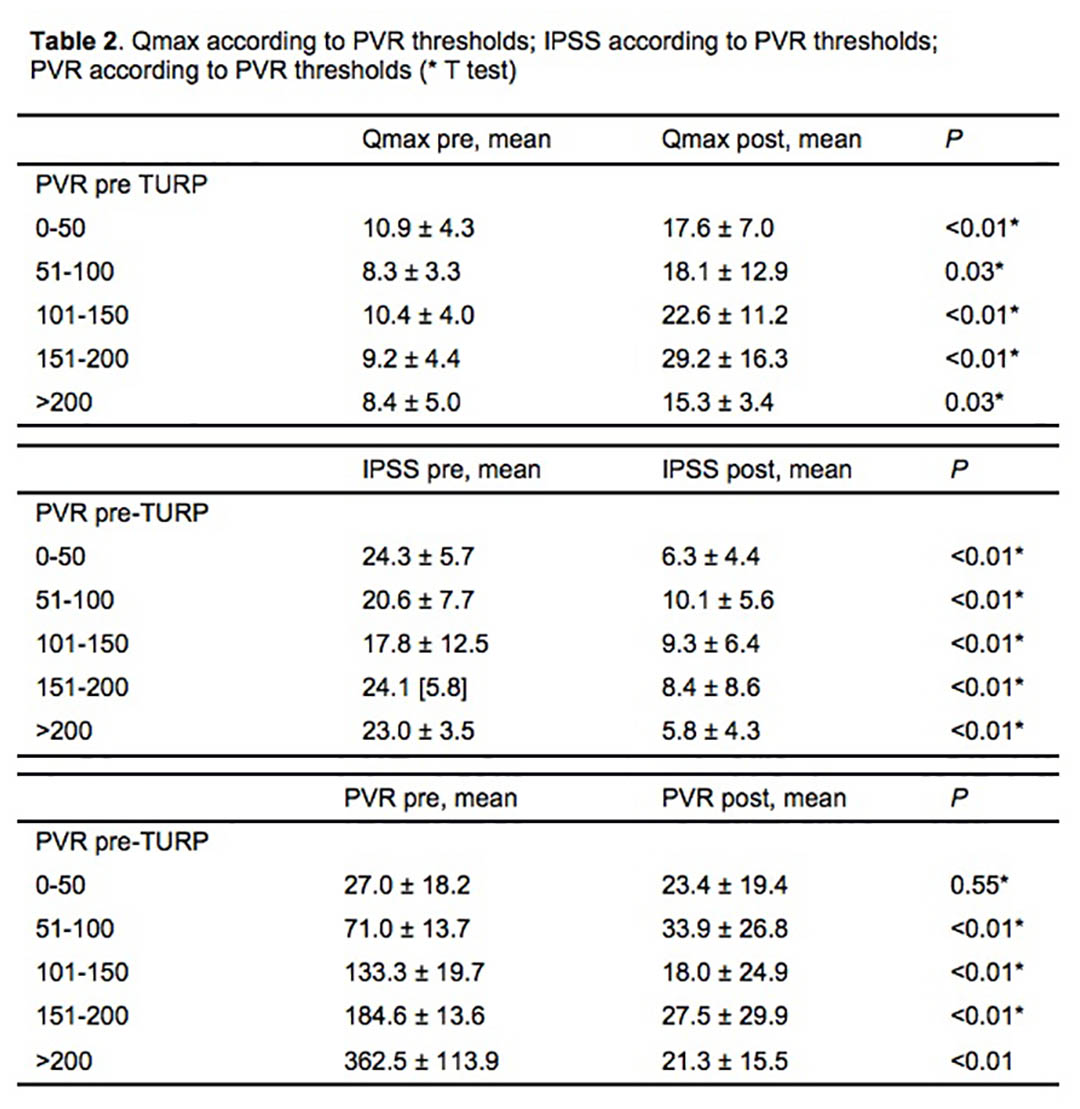

Silver alloy–coated and antibiotic-impregnated urethral catheters are not recommended for use in patients with suspected urinary retention because neither produces significantly positive results. Suprapubic catheters improve patient comfort and decrease bacteriuria and the need for recatheterization in patients requiring catheterization for up to 14 days. Initial evaluation of the patient with suspected urinary retention should involve a detailed history, including current use of prescription and over-the-counter medications and herbal supplements.Ī focused physical examination, including a neurologic evaluation, should be performed in patients with suspected urinary retention, and diagnostic testing should include measurement of postvoid residual urine volume. Patients with urinary retention related to an underlying neurologic cause should be monitored in conjunction with neurology and urology subspecialists. Further management is decided by determining the cause and chronicity of the urinary retention and can include initiation of alpha blockers with voiding trials. Suprapubic catheters improve patient comfort and decrease bacteriuria and the need for recatheterization in the short term silver alloy–coated and antibiotic-impregnated catheters offer clinically insignificant or no benefit.

Initial management of urinary retention involves assessment of urethral patency with prompt and complete bladder decompression by catheterization. There is no consensus regarding a PVR-based definition for acute urinary retention the American Urological Association recommends that chronic urinary retention be defined as PVR volume greater than 300 mL measured on two separate occasions and persisting for at least six months. A focused physical examination with neurologic evaluation should be performed, and diagnostic testing should include measurement of postvoid residual (PVR) volume of urine. Initial evaluation should involve a detailed history that includes information about current prescription medications and use of over-the-counter medications and herbal supplements. Infectious, inflammatory, iatrogenic, and neurologic causes can also affect urinary retention. The most common causes are obstructive in nature, with benign prostatic hyperplasia accounting for 53% of cases. Urinary retention is the acute or chronic inability to voluntarily pass an adequate amount of urine.


 0 kommentar(er)
0 kommentar(er)
